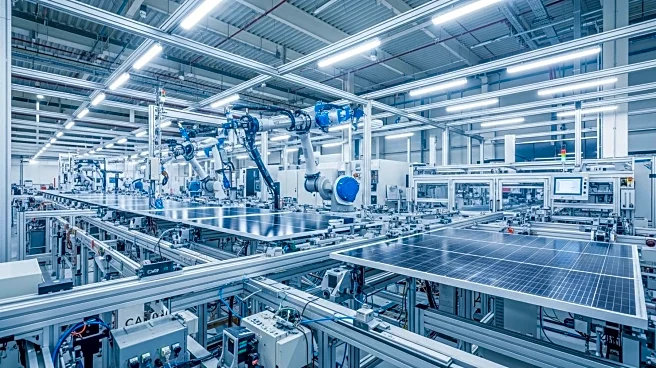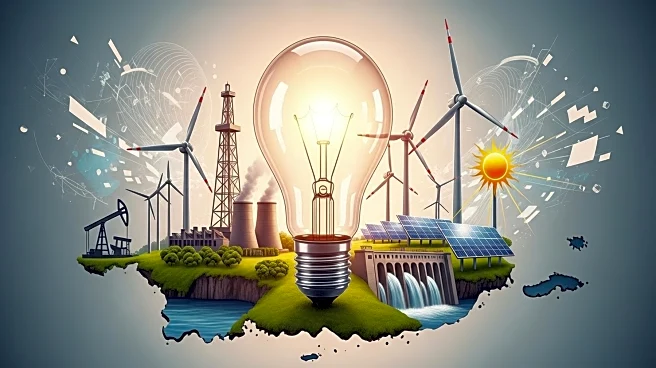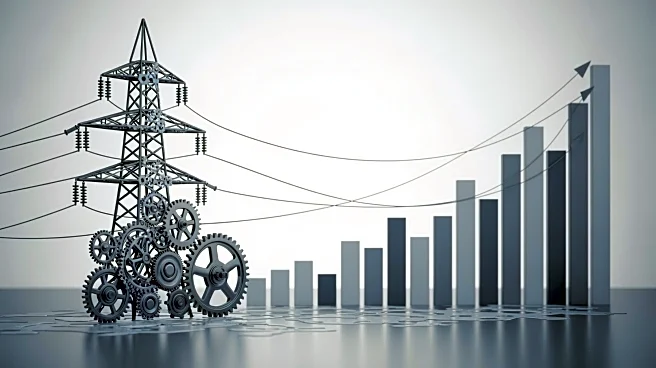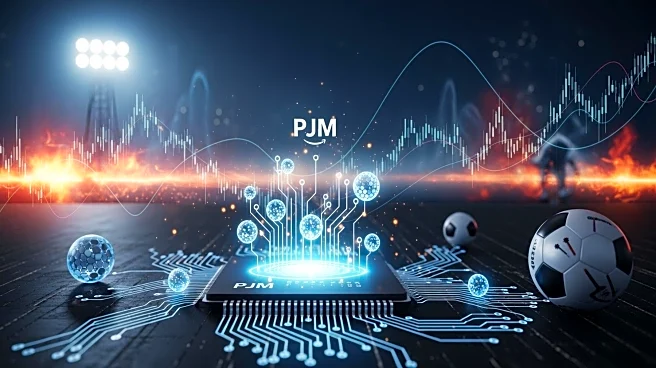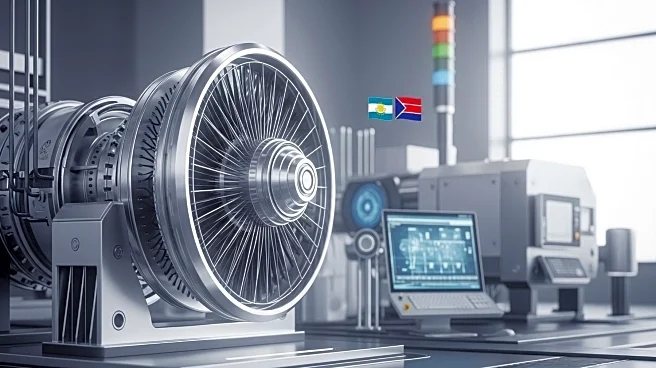What's Happening?
A group of 21 Democratic members of the U.S. House of Representatives has called on PJM Interconnection to reform its interconnection process to facilitate the integration of power supplies, aiming to reduce electricity costs. The lawmakers, led by Rep.
Don Beyer, D-Va., highlighted that consumers in some PJM regions face rate increases exceeding 20%, exacerbating the financial strain on households. The Federal Energy Regulatory Commission (FERC) previously ruled that PJM did not fully comply with new requirements for grid interconnection, instructing PJM to address issues such as battery storage charging behavior and grid-enhancing technologies. PJM is expected to respond to FERC's decision by October 22.
Why It's Important?
The push for interconnection reforms is significant as it addresses the growing concern over rising electricity costs, which impact consumers and businesses alike. By improving the interconnection process, PJM could potentially lower transmission costs and facilitate the integration of clean energy projects, helping them meet tax credit deadlines. This could lead to more competitive electricity rates and support the transition to renewable energy sources. The outcome of these reforms could influence the energy market dynamics and regulatory approaches in the U.S., affecting stakeholders such as utility companies, consumers, and policymakers.
What's Next?
PJM is set to respond to FERC's decision on October 22, which could lead to further discussions and potential changes in the interconnection process. Lawmakers have suggested additional reforms, including adopting 'connect and manage' techniques and improving the Energy Resource Interconnection Service. The response from PJM and subsequent actions could shape the future of energy infrastructure and regulatory practices, with implications for state-level participation in PJM and broader energy policy.
Beyond the Headlines
The debate over interconnection reforms highlights broader issues in energy policy, such as the balance between traditional and renewable energy sources and the role of grid operators in facilitating clean energy transitions. The focus on battery storage and grid-enhancing technologies underscores the importance of innovation in achieving energy efficiency and sustainability goals. Additionally, the political dynamics surrounding FERC's autonomy and state-level actions reflect ongoing tensions in energy governance and regulatory oversight.



